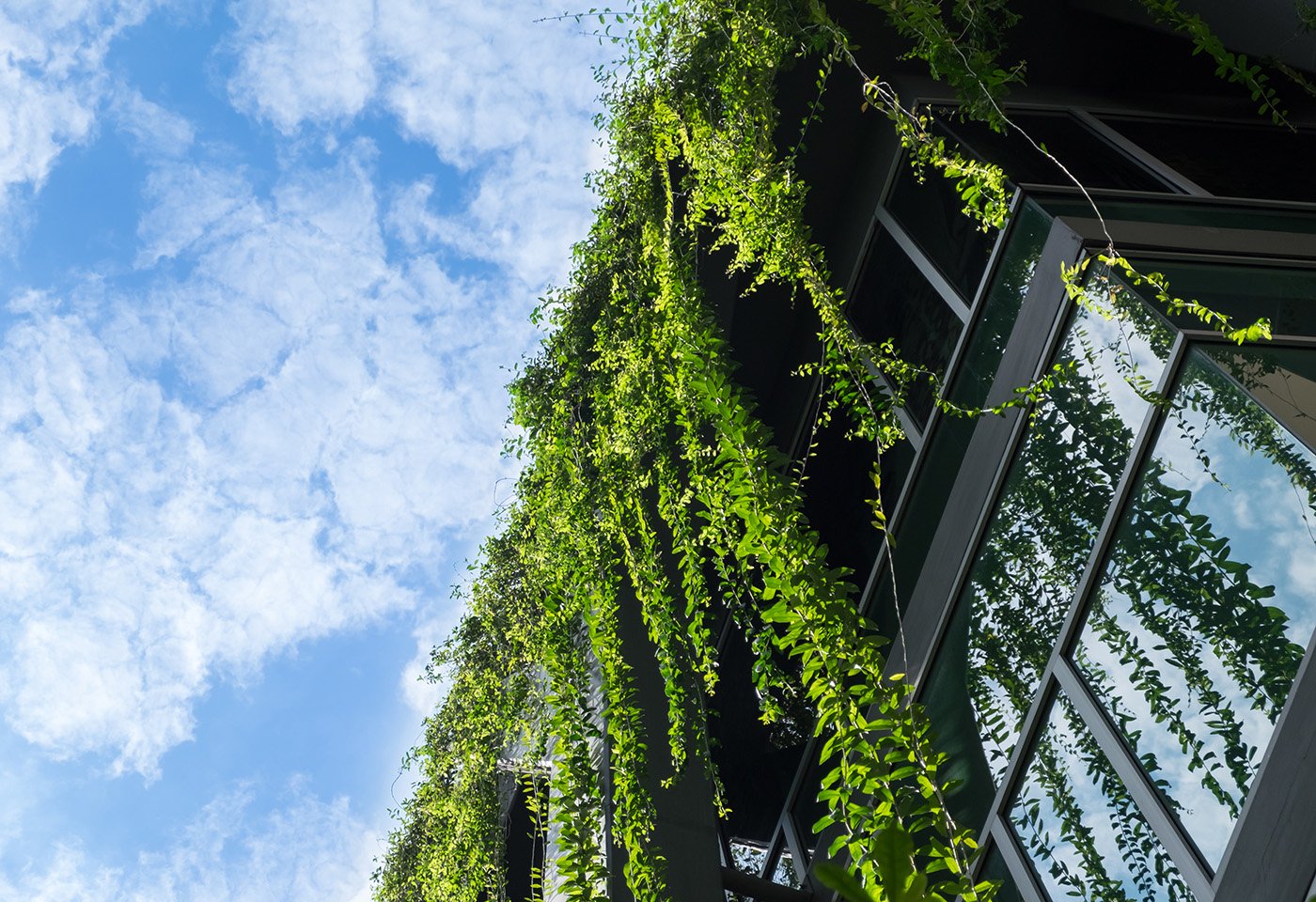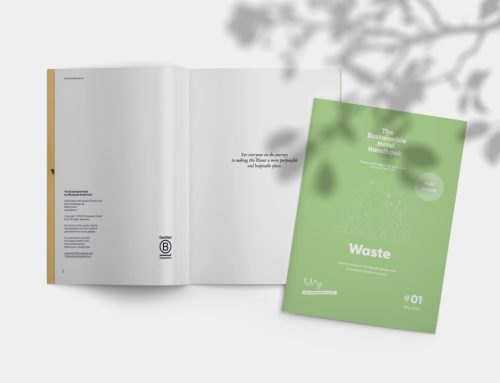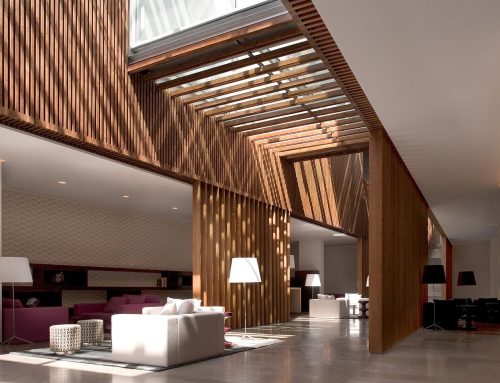Sustainable Hotels: Learnings from Designing a Carbon-Positive Hotel
Designing a Carbon-Positive Hotel – Challenges
From Single-Use Plastic Ban to Carbon-Neutrality: what practices should be embraced by sustainable hotels
While working on the assignment of designing a climate positive hotel, we conducted research about the biggest carbon emitters and challenges of hotels. Our research concluded that green washing is one the biggest issues the industry is facing.
Green washing is the act of companies trying to attract the growing green market through false public relations claims, which is estimated to be worth around $845billion in 2015. However, green washing will lead to a general loss of trust in companies, which would be detrimental in the hospitality industry, where trust is sacrosanct. Being sustainable is not achieved by focusing on one single area of a hotel and adapting it to make it environmentally friendly; the focus should be on all areas, from operational departments to administrative.
To capture the growing market of green travelers and consumers, the hospitality industry as a whole, needs to start focusing on how the UN’s Socials Development Goals (SDGs) can be implemented into a hotel’s business model to cultivate growth. Most companies, not just in hospitality, focus too much on presenting a “sustainable” image, rather than re-evaluating their business model to become sustainable.With only 49% of companies planning to invest in green technology over 2018 – 2024, it has to be ensured that we deeply root the concept of sustainability throughout all processes.
Designing a Carbon-Positive Hotel – Examples
Hotels need to focus on reducing energy consumption levels to be in line with SDG 7: “Affordable & Clean Energy”. The hotel industry is one of the largest consumers of electricity. Energy consumption is influenced by many factors, namely the building’s size, age and material, as well as the climate at the hotel’s location. The main usage for electricity in accommodations is for heating/cooling systems as well as lighting.
Electricity is the second largest expense for hotel operators after employment, accounting for up to 3% of the total operating costs and represents about 60% of its CO2 emissions.
Another big emitter in hotels is the water usage. 10% of the average utility bill are water usage costs.The two biggest areas of water consumption are the rooms and the F&B areas as well as kitchens.
It is estimated that the water usage per day per room accounts for approximately 400 – 1500 litres a day depending on the type of hotel and its amenities.
According to the United Nations and the defined SDG number 6, the amount of countries experiencing water droughts is increasing. About 40% of the worldwide population is affected by water distress. Hotels strive to make the guest feel at home and have a luxurious stay.Unlimited water usage is part of the customers’ expectations when staying at a hotel as the term “luxury” does not associate the term “conservation”. But does conservation and water saving methods compromise the guests’ experience?
These are some of the challenges we have addressed with our innovation that we will present in Berlin for the International Hospitality Investment Forum in March. It was truly great to meet so many ambitious and dedicated students and leaders from the hospitality industry to share ideas around the ever-evolving topic of sustainability.






